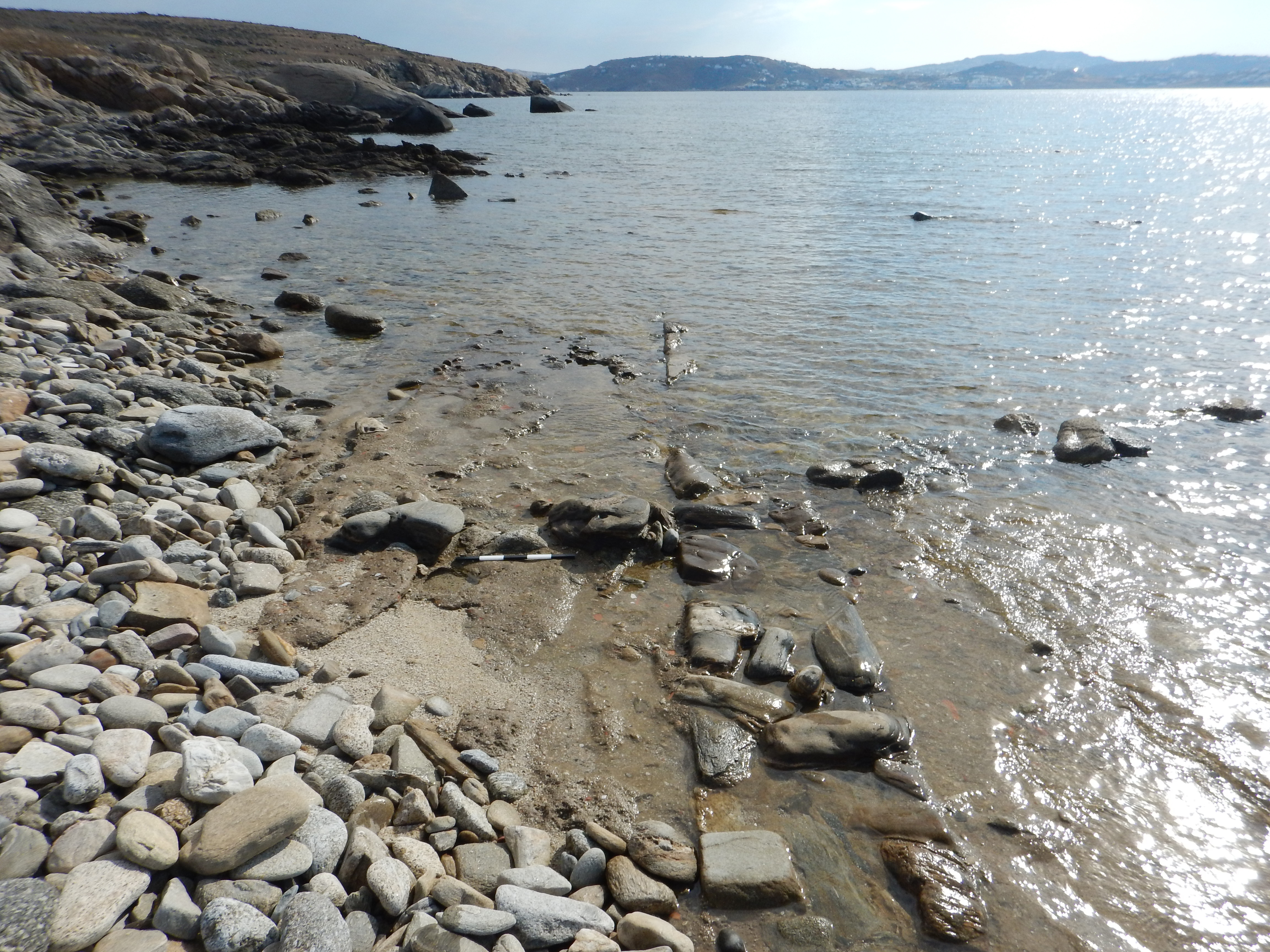The port-city of Delos and its commercial cityscape
Portus Limen Seminar Series
10th november 2015 5:00 pm
University of Southampton, Computer Lab, room 3043, building 65a, Avenue Campus
The port-city of Delos and its commercial cityscape
By Dr. Mantha Zarmakoupi (University of Birmingham)

This paper focuses on the port facilities and commercial infrastructures of Delos to address the ties between economic change and urban growth. By analyzing the development of the port areas in relation to public and private commercial infrastructures on the island, I examine these areas as microcosms of the broader developments that the island underwent in this period. In doing so, my aim is to address the factors that shaped the dynamic commercial cityscape of the port-city of Delos.
Delos became an important commercial base connecting the eastern and western Mediterranean after 167 BCE, when the Romans made it a “duty free” port under Athenian dominion. Between 167 BCE and the sacks of 88 and 69 BCE by the troops of Mithridates and the pirate Athenadoros, the island became an intermediary step in Rome’s commercial relations with the Hellenistic east. Although the literary sources stress the importance of the Delian emporion, the archaeological record has not provided sufficient evidence for the ways in which the commercial center operated. In addition, although numerous archaeological excavations over the last century have probed into the city of Delos, its port infrastructures remain a surprisingly understudied topic, which has hindered the understanding of its development in the late Hellenistic period.
To-date research has focused on the port facilities and commercial infrastructures of the central port area of the island, on the west part of the island. The submerged structures of the central port of Delos area have, however, suffered irreversible changes, as the 19th and 20th century excavations deposited the archaeological rubble on the sea floor and the new port installations were constructed over it. A new underwater fieldwork project (2014-) focuses on the northeast part of the island, examining the submerged area of the Stadion District—one of the new neighbourhoods that were created in this period—, provided evidence for commercial activities as well as port facilities at the eastern end of the district. The results of this project change the predominant assumption that this neighbourhood did not have an instrumental role in the operation of the Delian emporion. Taking into account the preliminary results of this new project, I analyse the ways in which the port facilities of the island of Delos were related to the private and public commercial infrastructures on the island.
Mantha Zarmakoupi is a Birmingham Fellow in Visual and Material Culture of Classical Antiquity in the Department of Classics, Ancient History and Archaeology at the University of Birmingham.
Mantha received her M.St. and D.Phil. in Classical Archaeology from Oxford University. Prior to this she studied Architecture at the National Technical University of Athens and gained a Master of Design Studies in History and Theory from Harvard University. She has taught at the UCL Institute of Archaeology, the European College of Liberal Arts (of Bard College), Oxford, and Harvard. Mantha has held research fellowships at Freie Universität in Berlin (TOPOI Excellence cluster), New York University (ISAW), the University of Cologne (Humboldt Stipendium), the Getty Research Institute, and the Harvard Center for Hellenic Studies. Before joining Birmingham she was a Marie Curie Intra-European Fellowship at the National Hellenic Research Foundation, where she still holds a position as an external research associate.
In her first monograph, she examined the architecture of Roman luxury villas around the Bay of Naples to address the cultural factors that informed it (OUP 2014). She has also edited a volume on the Villa of the Papyri (De Gruyter 2010). She currently works on a project on the urban growth of late Hellenistic Delos and co-directs an underwater fieldwork survey around Delos, a collaboration between the National Hellenic Research Foundation and the Ephorate of Underwater Antiquities.

